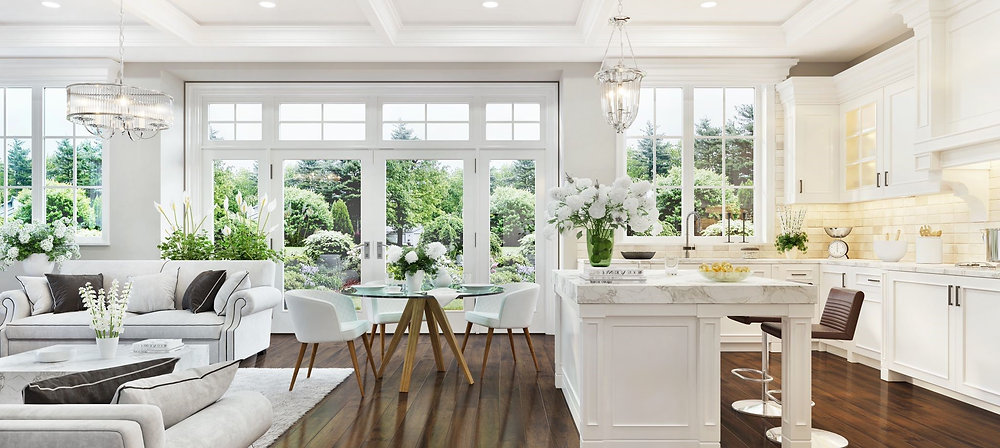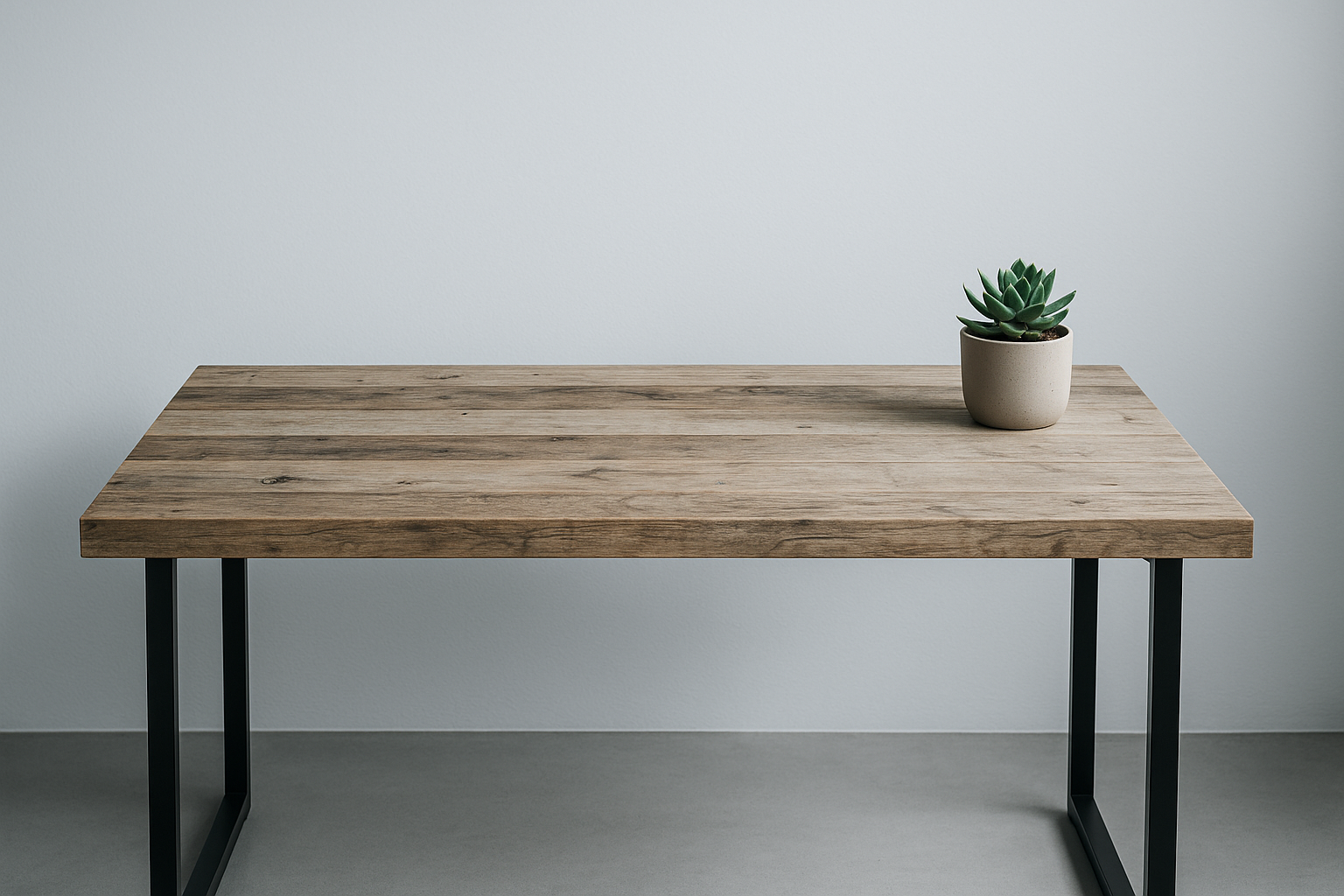
When it comes to selling a property, first impressions really do matter. Buyers often decide within minutes if a home feels right for them, which makes a presentation key. In recent years, staging has become a standard part of the property market, helping homes to sell faster and often at a higher price. Yet, many sellers are still unsure about the costs involved and whether it’s worth the investment.
This guide explores home staging costs in the UK in 2025. From initial consultations to full-service packages, we’ll look at what you can expect to pay, why prices vary, and how staging can add real value.
Why Home Staging Matters
A staged property creates a lifestyle for buyers to imagine themselves in. It highlights a home’s best features, uses furniture and décor to soften spaces, and helps rooms feel more functional and appealing. For buyers browsing hundreds of listings online, presentation can make the difference between booking a viewing or scrolling past.
Professional staging also removes some of the emotional attachment sellers may have to their homes. It creates a neutral, welcoming environment that appeals to a wider audience, rather than one tailored to personal taste. This broader appeal is what helps staged homes sell faster and often closer to the asking price. A professional home staging company brings industry experience, access to high-quality furniture, and a clear understanding of buyer psychology. They know how to balance style with practicality, ensuring a property appeals to the widest possible audience.
Typical Costs in 2025
The cost of staging in the UK has risen slightly in line with inflation and demand. For 2025, a typical staging consultation starts at around £200–£400. This usually includes an in-person visit, a full assessment of the property, and recommendations on furniture, décor, and layout.
For full staging services, prices vary depending on the size of the home and the level of work required. A small flat might cost £1,000–£2,000 to stage, while a larger family home could range from £3,000 to £6,000. Luxury properties, where bespoke furniture and styling are used, may exceed £10,000.
Factors That Affect Staging Prices
One of the biggest influences on cost is property size. Larger homes require more furniture, accessories, and time to prepare, naturally pushing up the price. Location also plays a role, as staging costs in London and the South East tend to be higher than in other parts of the country.
Another factor is whether the property is occupied or vacant. An empty home often needs complete furnishing, while an occupied one may only require decluttering, rearranging, and adding accessories. The extent of furniture hire, styling, and labour all contribute to the overall price.
Furniture Hire and Styling Fees
Most professional staging involves hiring furniture for a set period. Rental contracts typically cover an initial 6–8 weeks, which is usually enough time for viewings and offers. Costs for furniture hire can range from £500 to £2,000 per month depending on the property size and the quality of furnishings chosen.
Accessories such as rugs, artwork, lamps, and cushions are also included in many staging packages. These finishing touches give a home warmth and character. The hire cost for accessories is usually built into the overall staging package, though premium items may come at an additional charge.
The Value of Professional Staging
It’s important to weigh staging costs against the potential financial return. Research in the UK property market consistently shows that staged homes sell faster and often achieve higher offers. In many cases, the increase in sale price far outweighs the initial staging fee.
Buyers are also more likely to remember a staged property. Well-presented homes stand out in competitive markets, creating lasting impressions that make viewings and offers more likely. For sellers, this can mean reduced time on the market and less risk of price reductions.
Staging for Different Budgets
Not every seller chooses a full-service staging package. For those on tighter budgets, consultation-only services can be a good starting point. This allows sellers to make changes themselves, following a professional’s advice on layout, colour schemes, and decluttering.
Partial staging is also an option, focusing only on key rooms such as the living room, kitchen, and main bedroom. These are the spaces buyers care about most, so presenting them well can still deliver excellent results without the expense of a full house transformation.
DIY vs Professional Services
Some homeowners attempt staging on their own, particularly if they already have stylish furniture and an eye for design. DIY staging mainly involves decluttering, depersonalising, and adding low-cost touches like fresh flowers, mirrors, or neutral soft furnishings.
A professional staging service offers curated furnishings, expert styling, and a fresh perspective that many sellers may overlook. Their goal is to create inviting spaces that help buyers connect emotionally with a property.
Regional Cost Differences
Staging prices aren’t the same across the UK. In London, where the property market is fast-paced and competitive, staging costs are usually at the higher end. Sellers often see this as a worthwhile investment given the high property values in the capital.
In smaller towns and regions outside London, costs are generally lower. That said, the impact of staging on buyer perception is still strong, and even modest investments can make a noticeable difference in how quickly a property sells.
How Long Does Staging Last?
Furniture hire agreements usually run for 6–8 weeks, which matches the busiest period after a property goes on the market. If the property hasn’t sold within this time, extensions can be arranged at an additional weekly or monthly cost.
Some sellers find that staged properties generate viewings and offers much more quickly than expected. In many cases, a staged home can go under offer within the first month, meaning the initial hire period is more than enough.
Is Staging Worth the Investment?
The key question most sellers ask is whether staging is worth the money. When compared to the cost of a price reduction, staging often proves the smarter choice. A £2,000 staging fee can help avoid a £10,000 or £20,000 drop in asking price, which is not uncommon if a property lingers unsold.
Staging also reduces the stress of a drawn-out sale. Properties that look appealing from day one tend to move faster, giving sellers confidence and peace of mind. Estate agents often recommend staging because it improves marketing photography, boosts online listings, and generates stronger interest from buyers.
Final Thoughts
Staging a property is no longer seen as a luxury but as a strategic part of selling. While the costs may seem high at first glance, the potential return on investment is significant. A well-presented property not only attracts more viewings but also encourages stronger offers.
For sellers in 2025, understanding the range of staging options and costs available is key. Whether it’s a simple consultation, partial staging, or a full-service package, the goal is the same: to make a property stand out in a busy market and achieve the best possible sale price.



